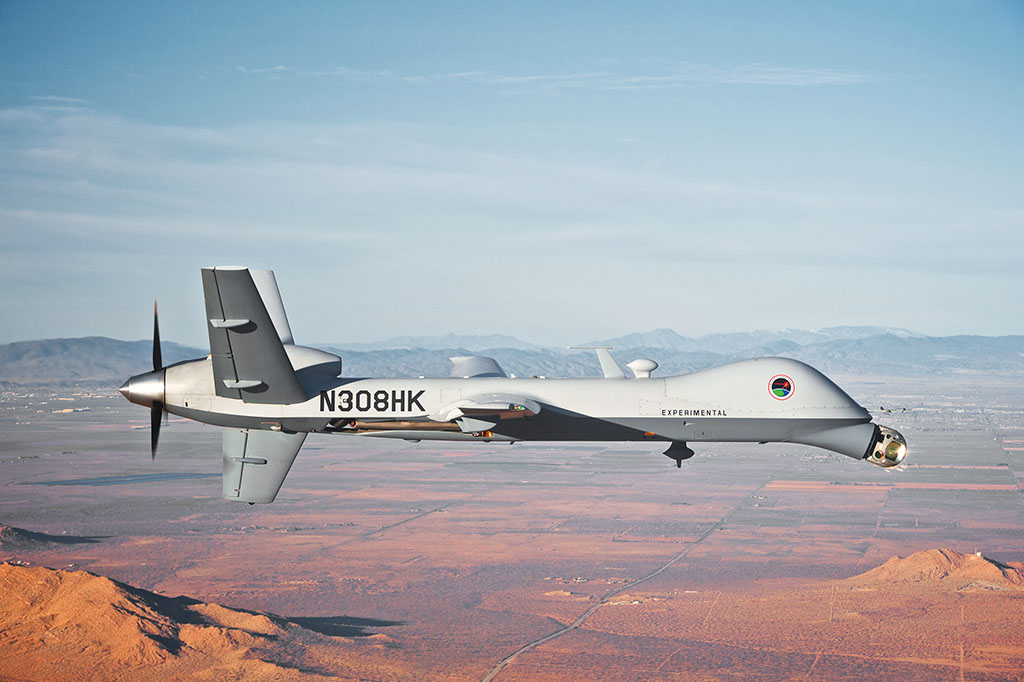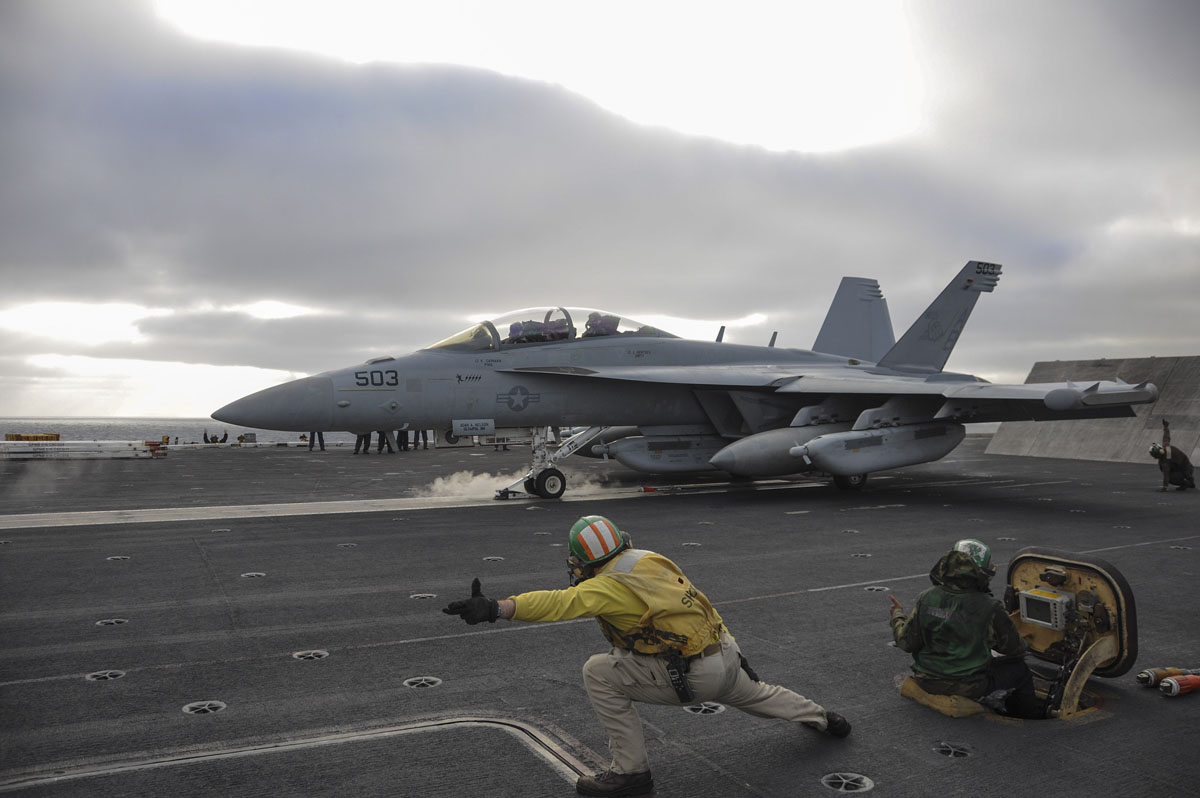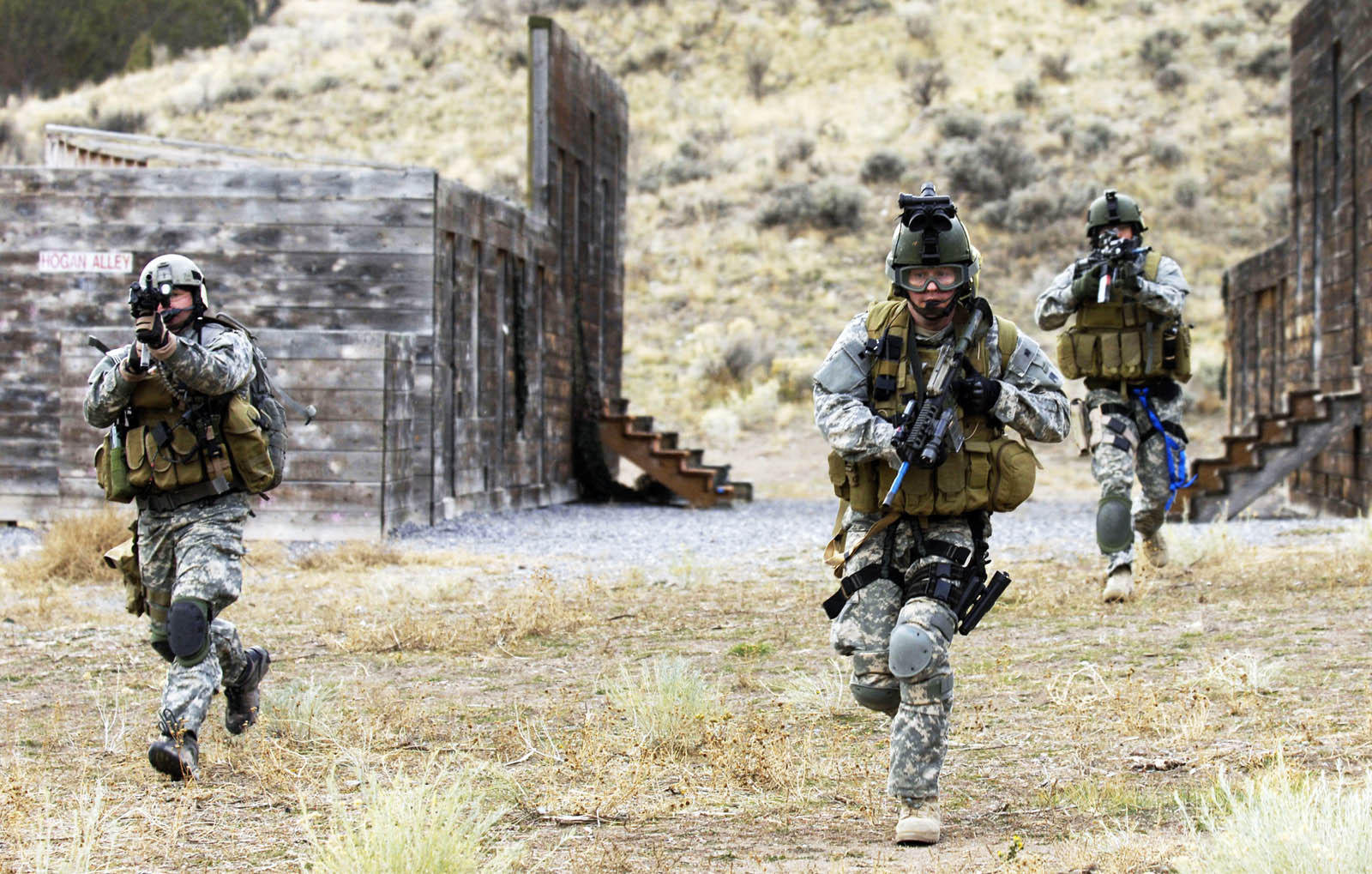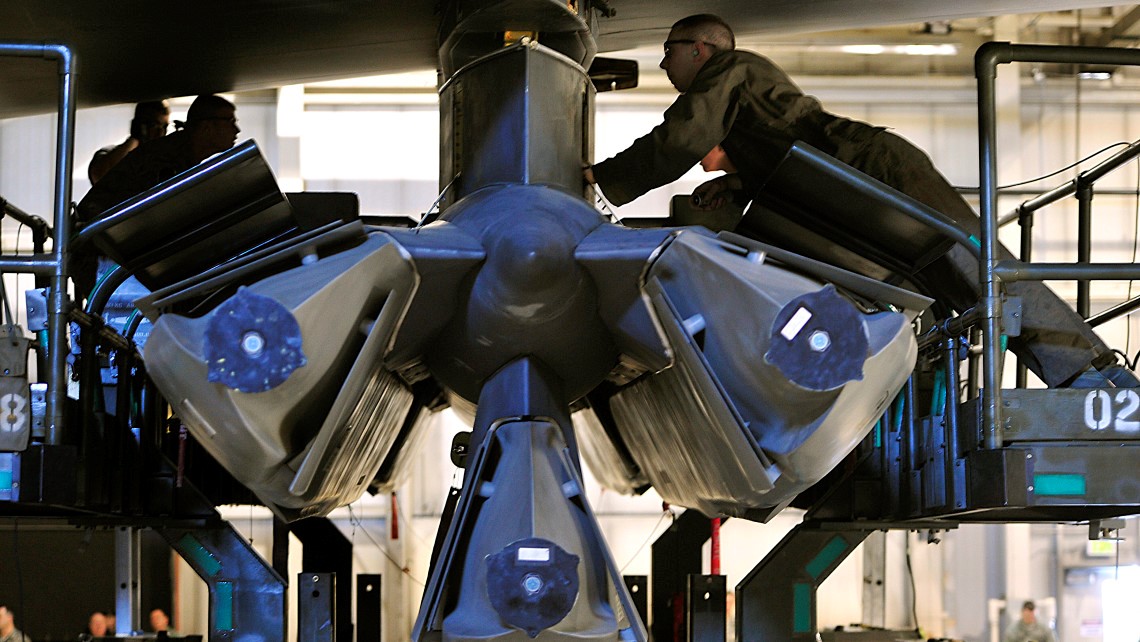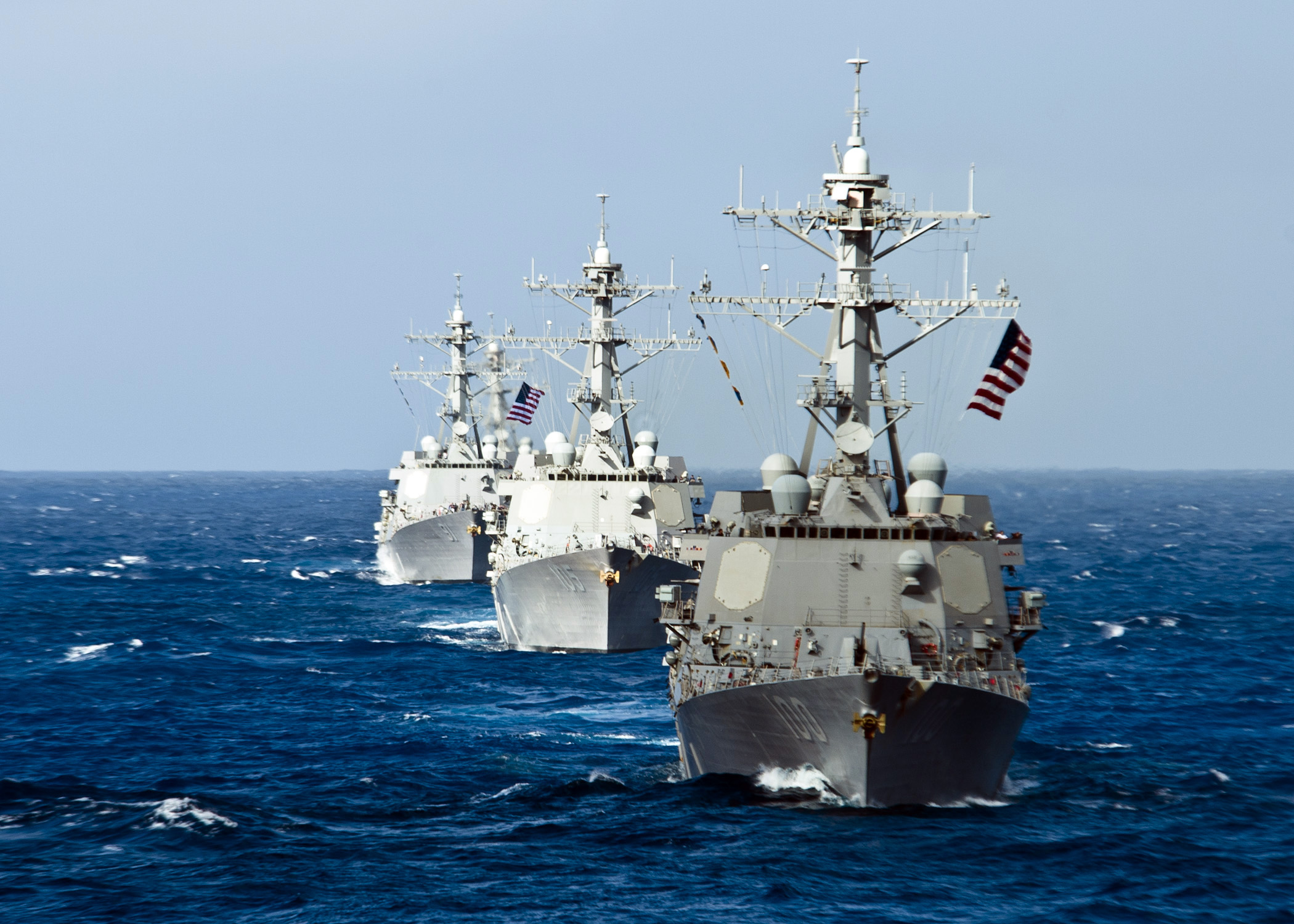A Winning Counterterrorism Strategy
As the new administration rethinks its response to ISIS, it is critical to consider an overarching U.S. counterterrorism (CT) strategy. This paper provides an analysis of important factors to consider to develop a winning CT strategy that addresses U.S. interest and security.



